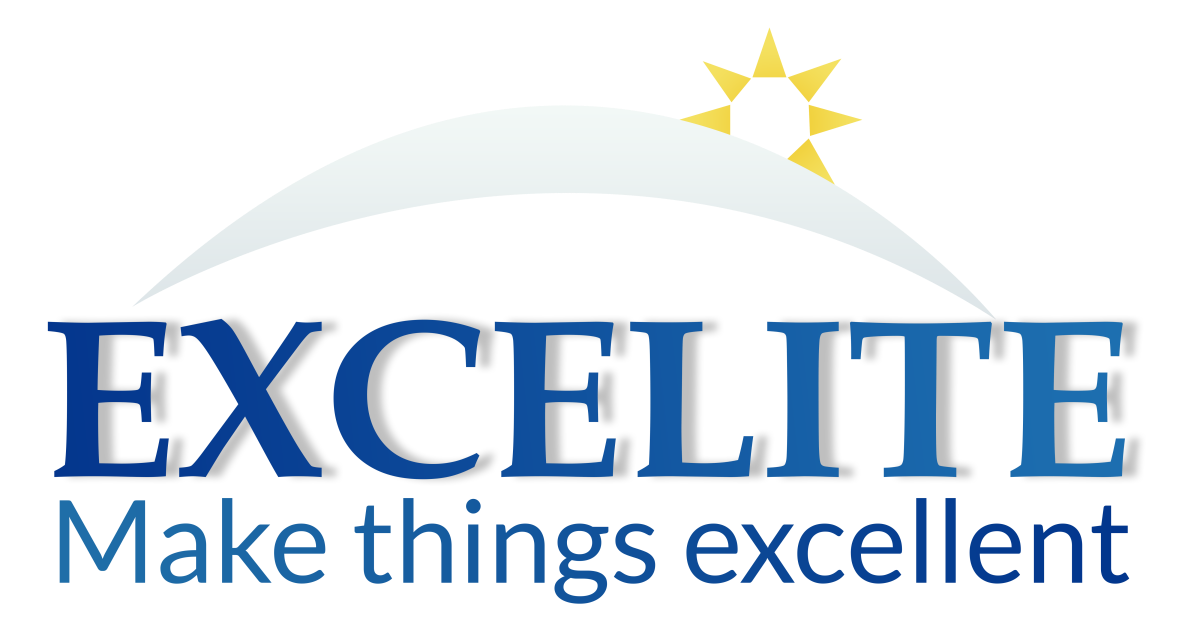silkscreen printing on plastic
We help you achieve the product you want.
Silkscreen printing on plastic is a popular and versatile printing technique used to transfer ink onto plastic surfaces. Silkscreen printing, also known as screen printing or serigraphy, involves transferring ink through a fine mesh screen onto the plastic substrate to create crisp and high-quality printed designs.
Description
Silkscreen printing is an innovative and widely-used fabrication method for producing high-quality designs on various materials, including polycarbonate and acrylic. At Excelite, we specialize in silkscreen printing to print on plastic materials such as acrylic and plexiglass. Silkscreen printing is an ideal technique for achieving sharp, high-resolution print on plastic surfaces, making it suitable for a vast variety of applications, ranging from informative signage to ornamental decor pieces.
Printing on acrylic sheet and clear plastic materials has become a sought-after and essential component in various industries, thanks to its versatility, cost-effectiveness, and visually arresting outcomes. Screen printing on plastic is particularly popular in industries such as advertising, retail, and manufacturing, where silkscreen-printed acrylic or polycarbonate components are employed to create eye-catching, effective displays and functional products. By virtue of this process, businesses can achieve visually pleasing and long-lasting results on a wide variety of products and promotional materials, ensuring durability and brand recognition.
Found Something Interesting?
GET BETTER DESIGNS BY CONTACT TODAY!
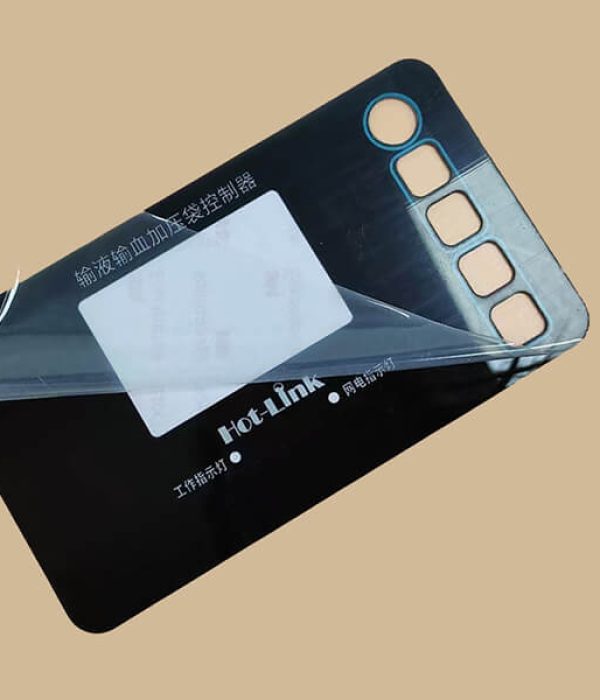
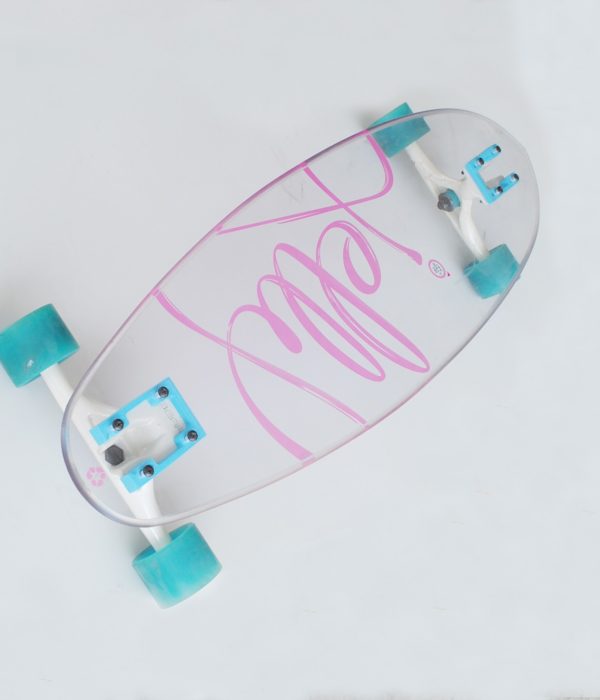
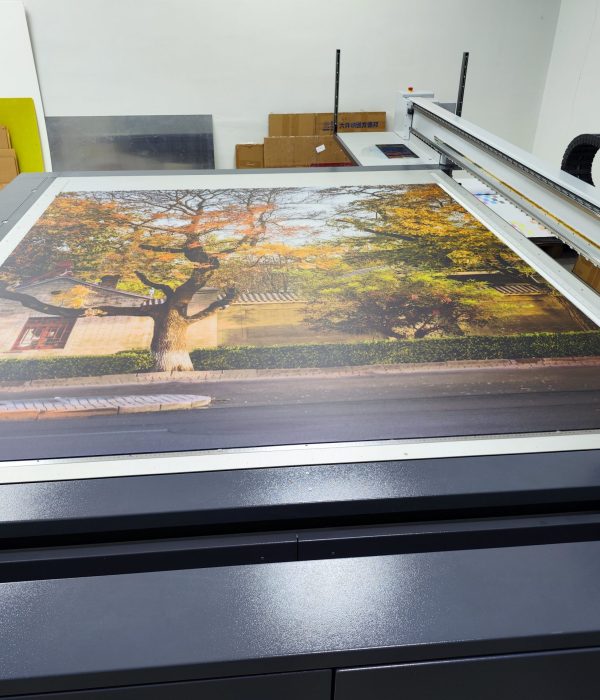
What is Silk-Screen Printing?
A. What is Screen Printing?
Silkscreen printing, also known as screen printing, is a technique used to transfer designs onto polycarbonate and acrylic sheets using mesh screens and special ink. This method is prevalent for printing on plexiglass, resulting in high-quality plexiglass printing. Similarly, silkscreen printing is used for printing on clear plastic and acrylic materials, producing impressive results. We use polycarbonate and acrylic printing with other fabrication methods to create truly custom polycarbonate parts for our customers.
B. How Silkscreen Printing works
Silkscreen printing involves several printing processes to create high-resolution prints on various types of plastic materials. The technique requires mesh screens, a squeegee, and specialized ink. The mesh screen, containing the desired design, is prepared first. Then, the specialized ink is spread over the screen, and a squeegee is used to push the ink through the open spaces onto the plastic surface. This process is cost-effective and produces a wide range of printed images, showcasing precision and vibrant colors on polycarbonate and acrylic materials.
C. Comparing Silk screen Printing to other fabrication techniques
Silkscreen printing has several advantages over other plastic fabrication techniques. The method uses plastic sheets and a screen printing machine to achieve a high level of detail and color accuracy, which may not be attainable with alternative methods. Additionally, it is cost-effective and easily scalable, making it ideal for businesses requiring large quantities of printed materials without compromising quality. Overall, silkscreen printing offers numerous benefits compared to other plastic fabrication methods.
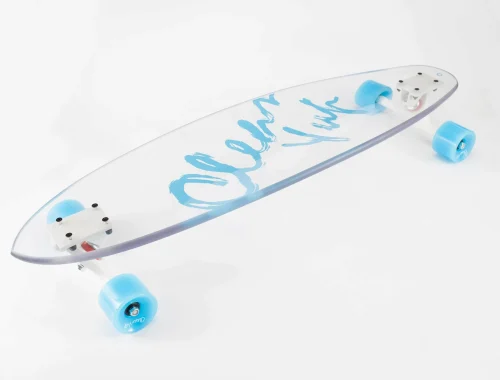
How To DIY Silk Screen Printing
- Whilst you likely won’t get the same quality as a professional job, this is how you can do basic silk screen printing.
- We fabricate your desired design, plastic material (polycarbonate or acrylic), and ink type for the project.
- Create and prepare the screens before placing them onto the printing press.
- Apply the ink to the screen and use a squeegee to ensure even distribution.
- Press the ink through the mesh onto the plastic sheet, creating the desired printed image.
- Carefully remove excess ink and allow the print to cure properly to ensure durability and quality.
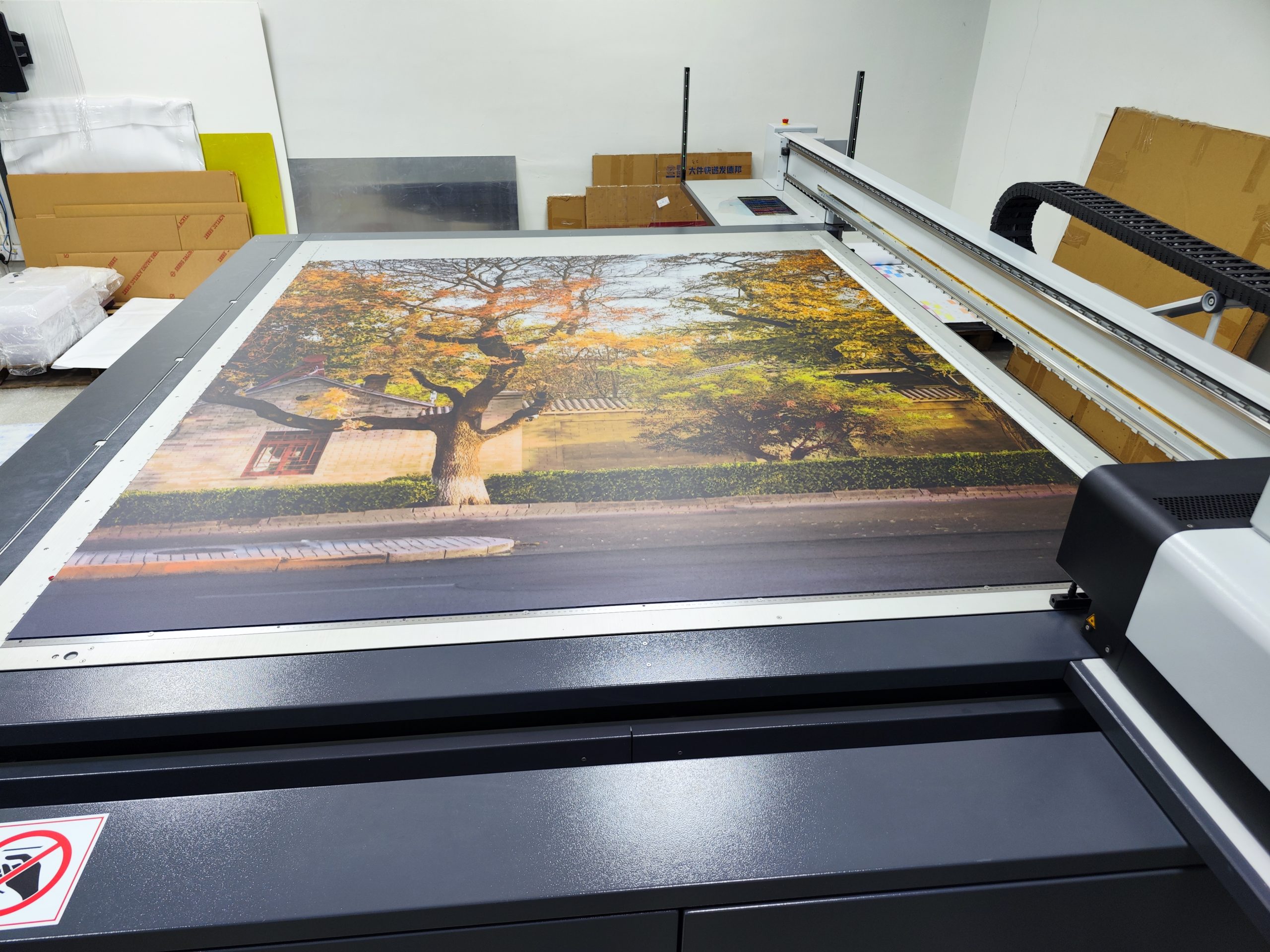
Advantages and Disadvantages of Silk-Screen Printing
A. Advantages of Silkscreen Printing methods
Silkscreen printing offers several benefits, making it a popular choice for various applications. Key advantages include:
Versatility: We use silk-screen printing along-side other fabrication methods (cnc-routing, bonding, thermoforming etc) for truly custom products
Sharp and accurate prints: Delivers vibrant colors and well-defined images.
Cost-effective production: Suitable for large-scale projects.
Scalability: Ideal for businesses requiring extensive printed materials.
Uneven surface printing: Allows printing on uneven or curved surfaces.
B. Disadvantages of Silkscreen Printing methods
Despite its benefits, silkscreen printing has some drawbacks that must be considered. Key disadvantages include:
Labor-intensive process: Requires significant time and effort for setup and execution.
Multi-color complexities: More setup time needed for multi-color designs.
Potential quality challenges: Issues can arise if the process is not properly executed.
Costly for small-scale projects: Preparation process may be expensive for small-scale projects or intricate details.
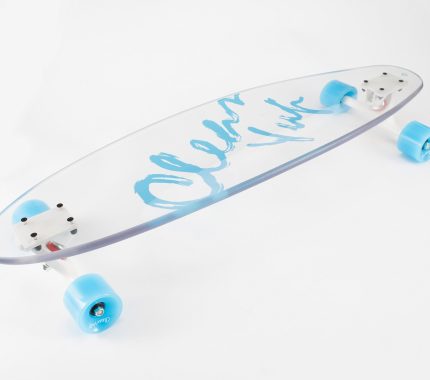
Why Work With Us
With over 15 years of polycarbonate fabrication and machining experience, Excelite specializes in the fabrication of polycarbonate and acrylic sheet products, ensuring top-notch quality and precision. We are committed to providing the best manufacturing solutions tailored to your unique requirements.
Whether you have a detailed drawing or just an idea, our team of professionals is ready to turn your vision into reality. Enjoy the benefits of our services, including:
In-house Design & Tooling
Exceptional Accuracy (+/- 0.005″ Tolerances)
Comprehensive OEM & ODM Services
ISO 9001:2008 Certification
Direct Manufacturer Advantage
We invite you to partner with us and experience a seamless, efficient, and quality-driven production process.
TAILORED POLYCARBONATE SOLUTION
Get a Quote Today
Looking to transform your vision into a tangible product?
At Excelite Plastics, we understand that every project is unique.
